Monday, 10:00am
6 March 2023
Books received #52
Weisbeck’s experiments; working class Covid-19 diaries; Connew’s vocabulary of colonisation; Shore’s photographic craft.

We have compiled a list of intriguing titles that have piqued our interest in recent months. Featured below are books documenting and questioning history through photography and illustration, exploring ways of experimenting visually, and chronicling sources of inspiration.
Do the stars need a reason to shine?, by Markus Weisbeck, published by Spector Books
Do the stars need a reason to shine? by designer and researcher Markus Weisbeck showcases the designer’s explorations in visual research. The book features various production and finishing methods, including ink-heavy digital and offset printing, section-sewn binding, diecuts, folds, varnishes, and different paper stocks. Weisbeck’s process involves testing and varying interim results until a final theme and form emerge.
The book ends with a dialogue between Weisbeck and philosopher Daniel Martin Feige on artistic and design processes, ideas behind ‘condensing’, modes and methods within design, as well as connections and parallels with other practices. This conversation adds a layer of depth and insight into the creative process that underpins the book, giving a fascinating glimpse into Weisbeck’s experimental approach to design.
Spread with experiments from the Method Hartung (2021) project, where Weisbeck transfers an artistic method into a different medium, time and context. Here, he repurposes paintings of Hans Hartung through decoupage.
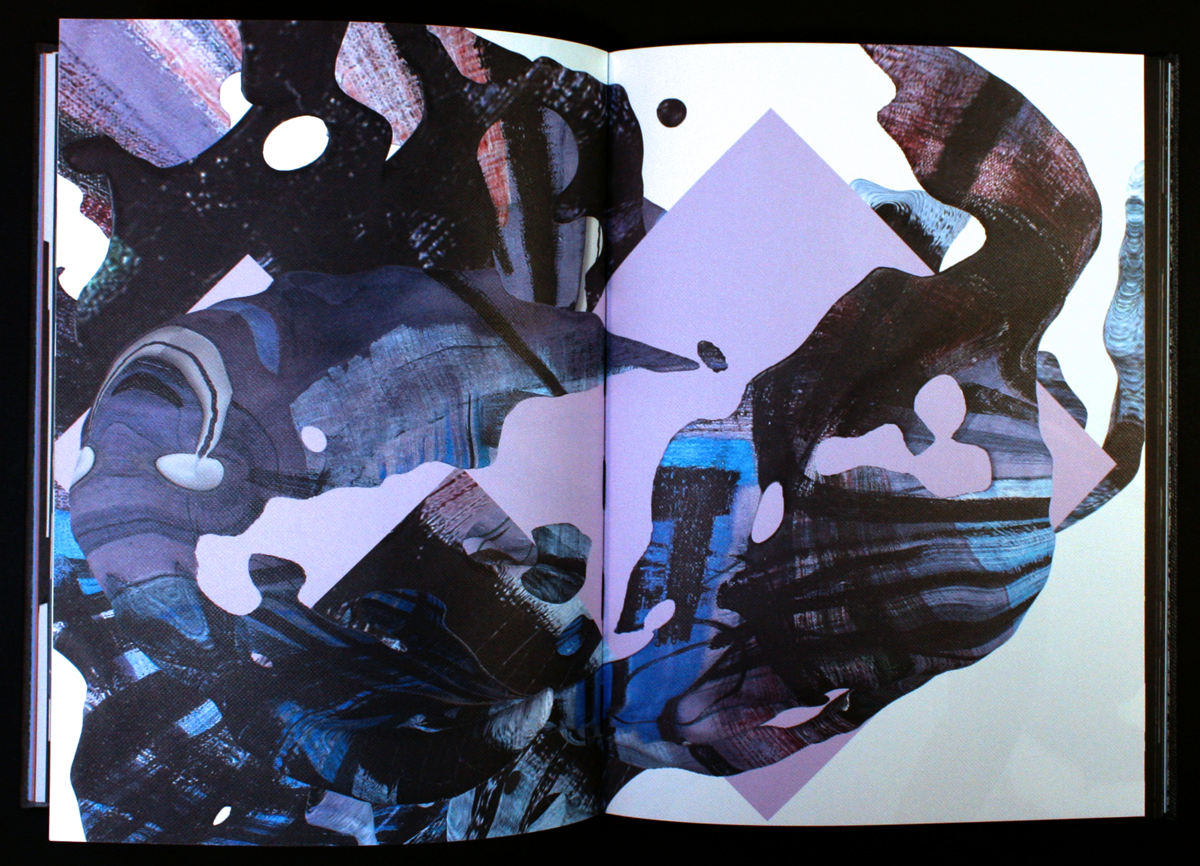
Spread explaining the Gridless Notations (2020-22) project, that uses diagrammatic compositions to make thematic connections between different design processes.
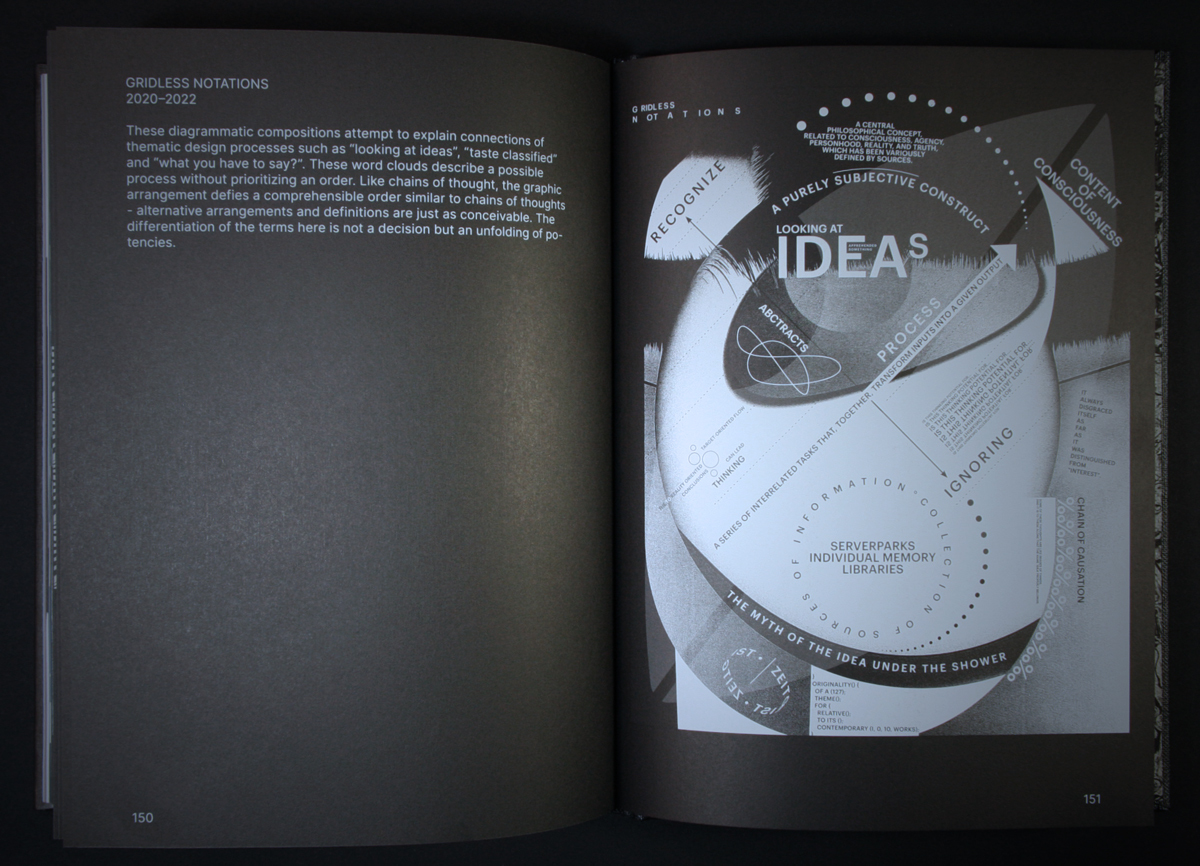
Hard-bound cover of Do the stars need a reason to shine? by Markus Weisbeck, designed by the author.
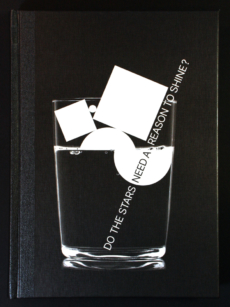
Lockdown Diaries of the Working Class by the Working Class Collective
Designed by Edinburgh-Cardiff based agency Focus Group, The Lockdown Diaries is the first book crowd-funded and published by The Working Class Collective. The book is the brainchild of Dr Lisa Mckenzie, an academic who collected the diaries as part of a research project. Frustrated with the lack of interest from academic institutions, she created the collective to celebrate and showcase the stories and experiences of working-class people.
Featuring writing from people aged between seven and 97, this brightly coloured, hardback publication is punctuated with illustrations that bring their stories to life. To capture the collective spirit, many of the works are anonymous, with only first names listed for reference. The book is powerful testament to the resilience and creativity of the working-class community in the face of adversity.
Illustrations by designer and illustrator Colum Leith of internal monologues, daily experiences and ordinary occurrences of the diarists. Leith regularly publishes his work in part of uk design pamphleteer collective, social commontating.
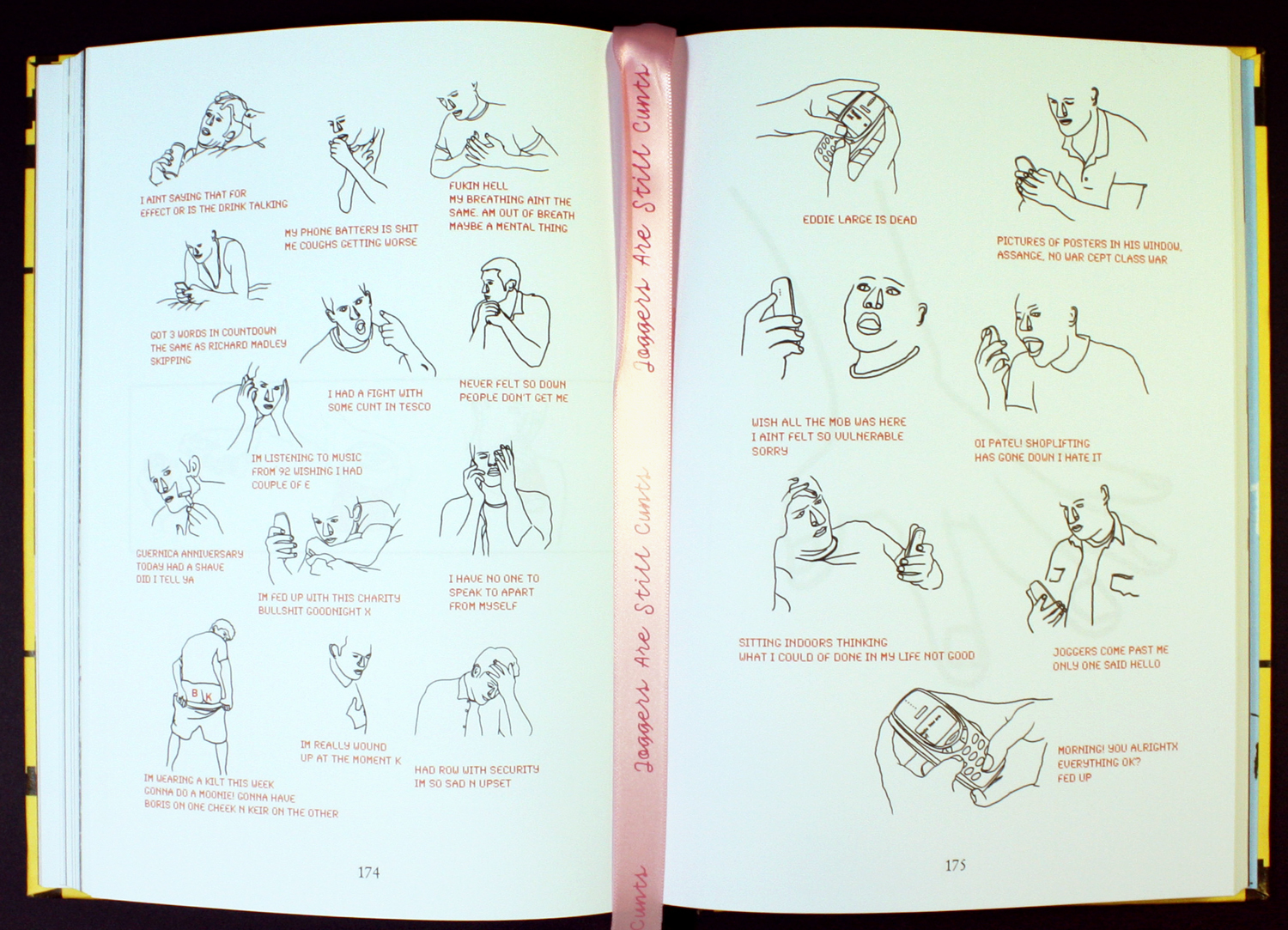
Spread from chapter 6 of The Lockdown Diaries of the Working Class features illustrations by Paul Davis (see Eye 55).

Cover of the crowdfunded Lockdown Diaries of the Working Class, published by the Working Class Collective.
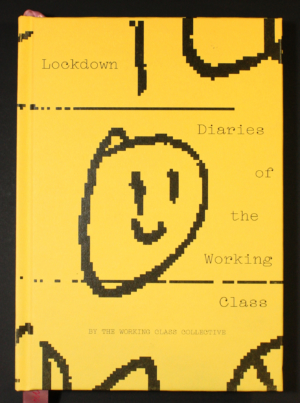
A Vocabulary, by Bruce Connew, published by Vapour Momenta Books
A Vocabulary, by photographer Bruce Connew, explores the casualties of colonisation through a selection of photographic images of memorials and gravestones. The book, designed by Catherine Griffiths and Bruce Connew, is a hefty, serious cloth-bound tome. It features a unique design element for which the page numbers travel with the reader around the page, making a full circle as you flick through the book. The circle is interrupted with a blue-paged chapter featuring an essay and He Mōteatea (traditional Māori ‘lament’ chants) from Dr Rangihīroa Panoho, before starting the count again. This design choice reflects the book’s message that the story of colonisation continues.
Connew’s approach is unique in that he focuses almost entirely on the words of New Zealand’s colonial memorials, often shown in extreme close-up. The cropped and cut-up wording prompts readers to consider the language chosen by the creators of the memorials, questioning their meaning. The result is a powerful ‘vocabulary of colonisation’. The book was published in parallel to a touring exhibition, which features 79 of the photographs. It is currently on display at MTG Hawke’s Bay Tai Ahuriri in Ahuriri Napier until 19 March 2023, with more dates and locations to follow.
Carvings in stone of the memorial for Renata Tama-ki-Hikurangi Kawepo.

Spread featuring the documentation of the grave of Pte Edward Lauchlan.
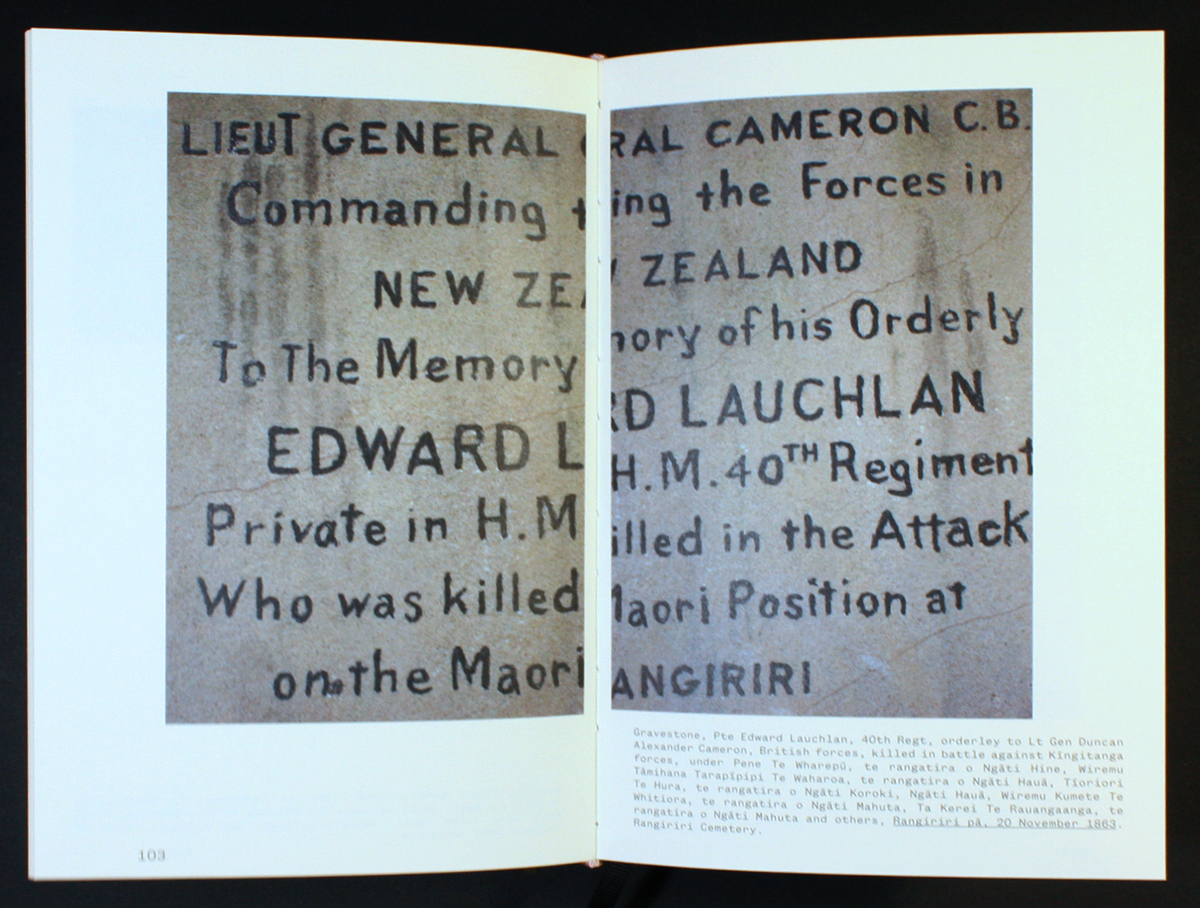
Cloth-bound typographic cover of A Vocabulary, designed by Catherine Griffiths.
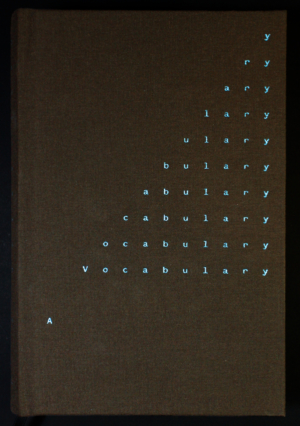
Modern Instances: The Craft of Photography, by Stephen Shore, published by MACK
Stephen Shore’s Modern Instances: The Craft of Photography is an experimental memoir that captures over half a century of his groundbreaking work. Designed by Morgan Crowcroft-Brown, the book is an eclectic guide for anyone interested in mastering their craft and learning about the influences and inspirations that make up a creative voice. In scrapbook fashion, it features short essays, photographs, and excerpts that draw from Shore’s years of teaching, making it a handbook for photographers (see ‘Essential on every level’ in Eye 66).
Perhaps the most persistent lesson Shore draws on, is that no matter what happens we must observe closely and pay attention. As such, the book brings together a mix of Shore’s personal anecdotes, reflections, and influences, representing his life’s work and photography itself – it offers an insightful view into the formation of his personal and professional being. Although lacking in mentions of women, the largest chapter of the book titled ‘Influences and Inspiration’ is a great resource for references on storytelling and image-making from a broad range of sources.
Spread featuring The Prisoners by Michelangelo (left) and La Vecchia by Giorgione (right) in the ‘Influences and Inspirations’ chapter of the book.
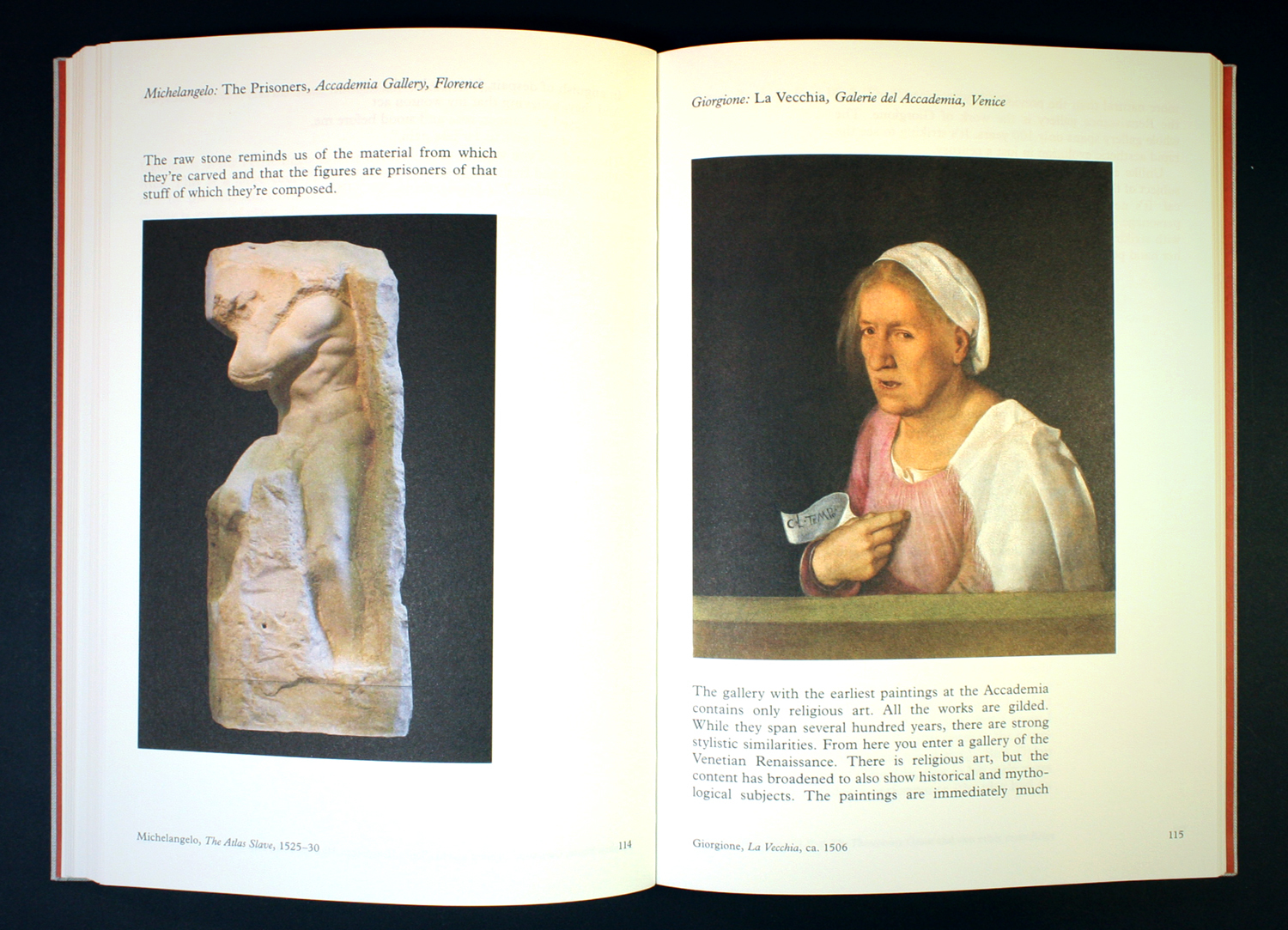
Spread, from the conversation with photographer and educator George Miles, featuring photos by John Szarkowski of buildings by Louis Sullivan.
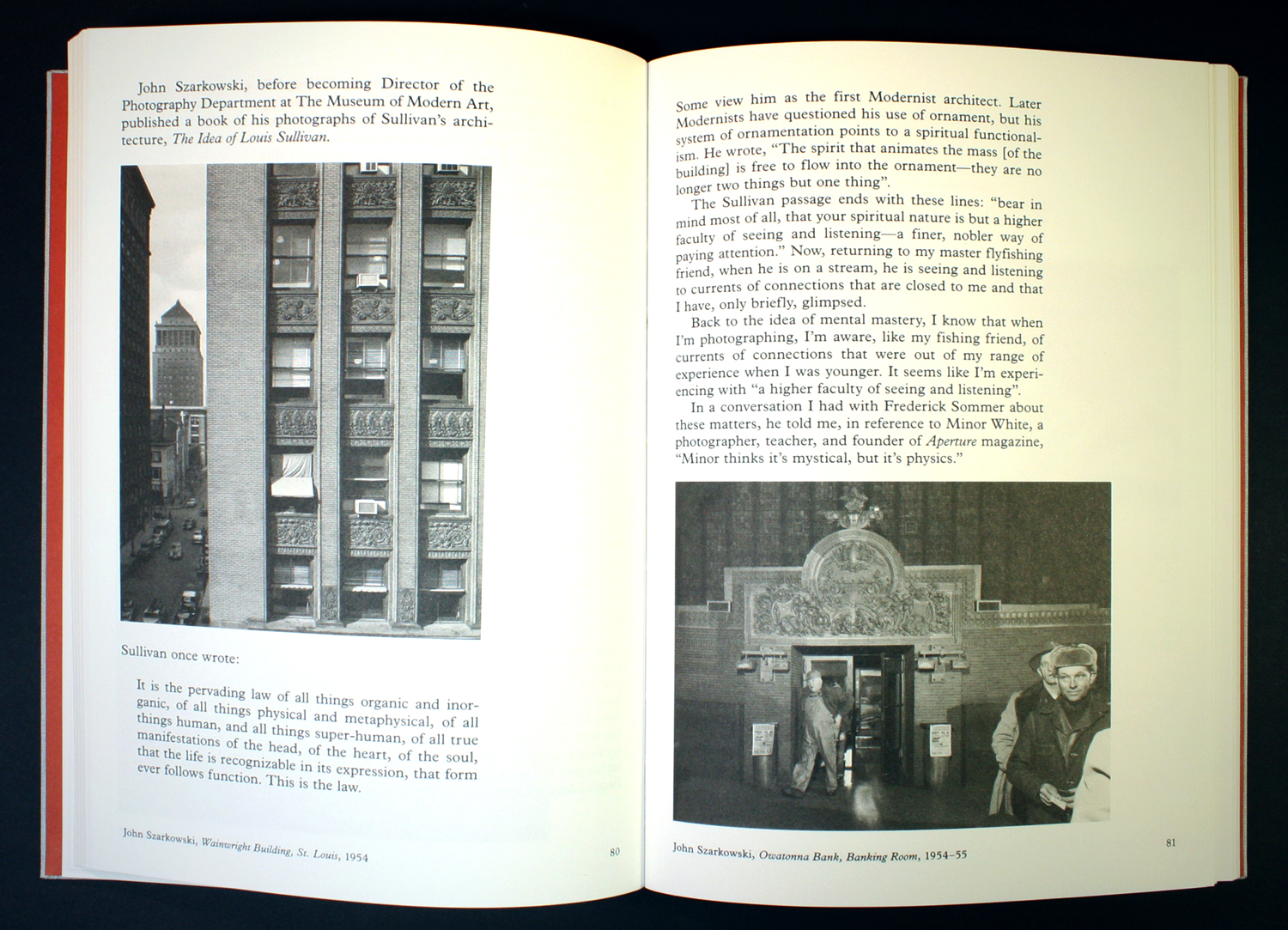
Cloth-bound cover of Modern Instances: The Craft of Photography, designed by Morgan Crowcroft-Brown.
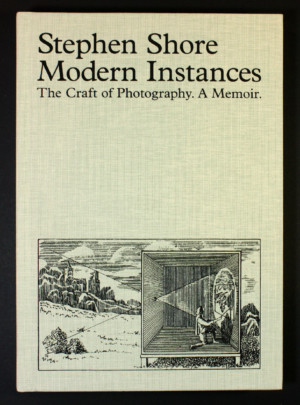
Eye is the world’s most beautiful and collectable graphic design journal, published for professional designers, students and anyone interested in critical, informed writing about graphic design and visual culture. It is available from all good design bookshops and online at the Eye shop, where you can buy subscriptions and single issues.
Links
Do stars need a reason to shine? – Markus Weisbeck
Working Class Collective
Focus Group agency
Social Commontating – Colum Leith
Paul Davis – artist and illustrator
Looking for clues – Eye 55
A Vocabulary – project by Bruce Connew
Review of ‘The Nature of Photographs’ by Stephen Shore in Eye 66
Modern Instances: The Craft of Photography by Stephen Shore
